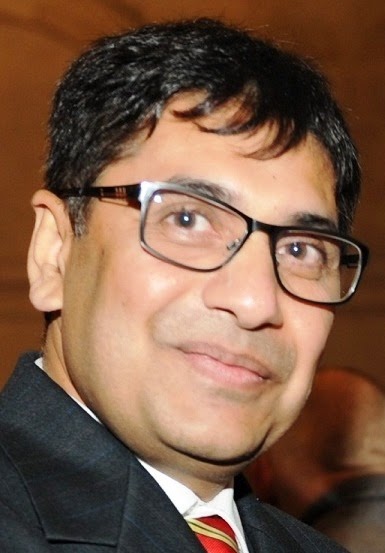Virtual Health/Medical Consultations
During the COVID-19, medicine, health experts and industry might consider systematic changes. Although doctors who are treating through audio/video for a long time, the way the physical distancing has become part of our life, its scope has increased.
Globally Virtual consultations are increasing,
the market will expand to 158 million sessions in 2020
The Deloitte recently compiled a report and highlighted that one in six doctor visits’ are now virtual. Tractica in the United States of America reported that the extent of virtual video consultations across the globe is increasing. Starting 19.7 million consultations in 2014 and Tractica forecasted that the market will expand to 158 million sessions in 2020.
At the time COVID-19, patient or service user's safety is at risk and infection risk could be avoided if video consultations are substituted for face-to-face consultations.
In the Lancet ranking of countries around the world in the availability of healthcare facilities, India is at 145th position
E-medicine is increasingly adopted in most countries of the world, but India has a huge potential to grow. The main reasons for this, huge population, lack of facilities and India still spends less on health, perhaps India has parallel private health infrastructure with far better facilities. The combined expenditure on health services in the private and government sectors in India makes up 3.9% of the total GDP. In the Lancet ranking of countries around the world in the availability of healthcare facilities, India is at 145th position.
According to an estimate, E-medicine can save up to Rs 400 billion by the year 2025
At one hand India has a huge tech-savvy proficient young population which uses modern technology, especially computers. On the other hand, a large population still lacking good quality internet connectivity. With the provision of E-medicine, India can strengthen the falling rankings in its health sectors. According to an estimate, E-medicine can save up to Rs 400 billion by the year 2025, as it will save both the cost of travelling and time of patients, with the possibility of infection being almost zero. This will make access to healthcare even to remote areas and medical facilities will not be disrupted during the disaster.
India is still considered among the top ten markets in the world for distance or E-medicine or telemedicine
According to the WHO, about four and a half lakh doctors are needed in India. Only 0.07 doctors per 1,000 people in India are available, that is, just 7 doctors for every 10 thousand population. E-medicine would benefit India more because it increases the reach of health services. Perhaps due to the huge possibilities in this sector, India is still considered among the top ten markets in the world for distance or E-medicine or telemedicine.
In the next few months, over a hundred thousands medical consultations will be given to patients through telemedicine/e-medicine
Given the potential in E-medicine, many companies have also started investing in this sector. Reliance Industries has announced an expansion of its role in distance-medicine. In the next few months, over a hundred thousands medical consultations will be given to patients through telemedicine/e-medicine. This company currently has a team of six thousand doctors. Many companies are now expanding services related to e-pharmacy and health checkups.
There are many challenges in India which cannot be ignored that many of our health workers are not yet fully aware of many techniques, and there are many who are unable to use it and another major problem is that more than 370 million people are still below the poverty line and they are technically disabled. Internet speed and its absence is also a major drawback.
The use of Tele/Video consultations is not without risk either
The key barrier for virtual consultations is internal cultures within clinics and concerns about security also important for clinicians and patients both. When deciding a case for whether or not use video consultation? It is important to note that most interventions have some degree of risk. The use of Tele/Video consultations is not without risk either. But it is up to individual clinicians and supporting staff how they are managing the risk at a level that patient and clinicians both feel comfortable using virtual consultations.
countries around the world strengthen the technology and the legal framework required for smooth operation
Considering challenging time globally E-medicine will certainly improve health services not only in India but globally. However, fundamental reforms globally required to introduce E-medicine. First, countries around the world strengthen the technology and the legal framework required for smooth operation which will enhance confidence in the patients and service providers.
*****




Comments